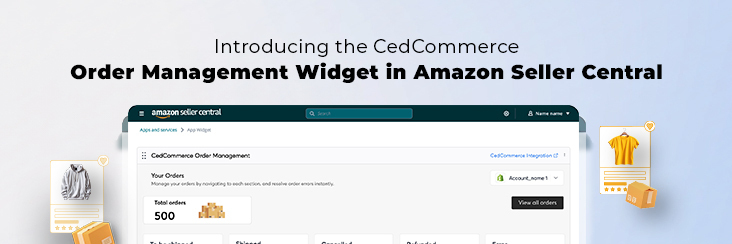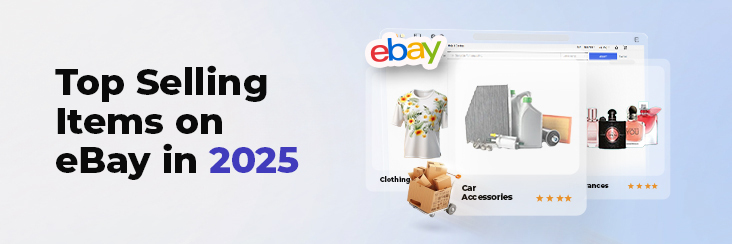Walmart Embraces Amazon MCF: A New Era of Cross-Platform Fulfillment for eCommerce
Walmart Embraces Amazon MCF: A New Era of Cross-Platform Fulfillment for eCommerce
Magento is a powerful platform for eCommerce websites. However, with two distinct versions – Magento Open Source and Adobe Commerce – the choice can be daunting. While both Magento Open Source and Adobe Commerce offer exceptional functionalities, their pricing structures paint different pictures. Understanding the cost divide between these options is crucial for selecting the one that best fuels your business’s growth. This blog explores the costs of Magento Open Source vs Adobe Commerce, enabling you to make a cost-conscious decision that drives your online store towards success.
Here’s a breakdown of the key cost factors to consider for both Magento Open Source vs Adobe Commerce:
Estimated hosting costs can range from $10 to $500 per month.
The main pricing distinction between Magento Open Source and Adobe Commerce lies in the upfront licensing fee. Magento Open Source is free to use, while Adobe Commerce requires a yearly subscription starting at $22,000. However, this initial cost difference translates into ongoing expenses for both platforms.
Regardless of whether you choose Magento Open Source or Adobe Commerce, the CedCommerce integration plugin can significantly enhance your store’s functionalities. Here’s how the plugin can help you:
Both Magento Open Source and Adobe Commerce offer distinct advantages. Magento Open Source is a budget-friendly pricing option for startups with some technical know-how, while Adobe Commerce caters to established businesses seeking scalability and built-in features. Regardless of your choice, CedCommerce integration plugins can bridge the gap, providing functionalities like marketplace integration, streamlined inventory management, and efficient order fulfillment. Remember, the cost of your platform whether it is Magento Open Source vs Adobe Commerce, goes beyond the initial investment. Consider the ongoing expenses like development, extensions, and maintenance. By carefully analyzing your budget, technical expertise, and growth plans, you can select the Magento version that empowers your online store to blossom, not just survive.

Walmart Embraces Amazon MCF: A New Era of Cross-Platform Fulfillment for eCommerce

Order Management Redefined: A Centralized Solution for Amazon Sellers

Maximizing TikTok Shop’s Regional Compatibility for US, UK, and EU Markets

Understanding U.S. Tariffs in 2025: What Sellers Need to Know and Do

Walmart’s Search Algorithm Decoded: How to Rank Higher & Sell More

TikTok Gets a 75-Day Reprieve in the USA as Trump Signals Hope for a Deal

TikTok Shop Introduces Category-Based Benchmarks for Product Listings – What Sellers Need to Know

Amazon FBA vs. FBM: Which Fulfillment Method Is Right for You?

Amazon Launches Another AI Tool for Sellers: AI Generated Product Enrichment

Top 10 Selling Items on eBay in 2025

Amazon launches AI Powered ‘Interests’ Feature to Improve Shopping Experience

Is TikTok Staying in the US? The State of TikTok Ban

Best Buy coming back to the US, Marketplace Relaunch and New Opportunities in Store!

Miravia PrestaShop Connector: Built for Smart Sellers

Walmart Launches “Wally”, AI Assistant For Merchants

TikTok Shop to Start Business in Germany, France, and Italy

TikTok Shop Surges as Americans Spend $700 Annually, Defying Regulatory Pressures

Amazon’s Longest Prime Day Ever: What You Need to Know

eCommerce Growth in the Netherlands: A 5% Surge in 2024 with Bright Prospects Ahead

CedCommerce Launches Shopee & Lazada Integration for WooCommerce on WordPress.com